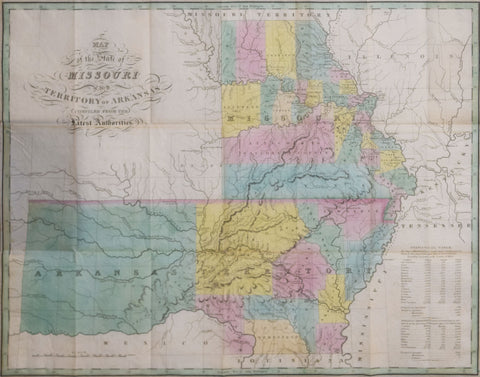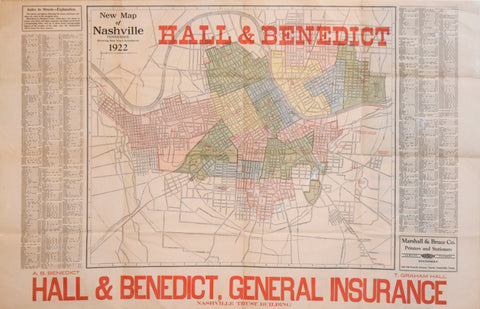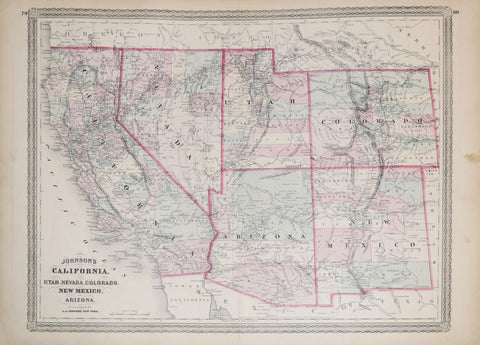
Johannes Janssonius (Dutch, 1588-1664), Indiae Orientalis Nova Descriptio
Johannes Janssonius (Dutch, 1588-1664)
Indiae Orientalis Nova Descriptio
Amsterdam: Johannes Janssonius, c. 1640
Copperplate engraving
Paper size: 18 1/4" x 21 1/2"
Important early map of Southeast Asia and the Philippines as well as a landmark map in the mapping of Australia, first published by Jan Jansson in 1630.
The detail in the Philippines and Southeast Asia is excellent for the period.
The map is perhaps most important as the only Dutch printed map showing the 1606 discoveries of Willem Jansz, who in the Duyfken, is attributed as making the first recorded European discovery in Australia on Cape York Peninsula.
To further develop its trade monopoly in the East Indies, the Dutch East India Company (V.O.C.) sought to discover and claim for their possession further land in the region. In 1605, the Dutchman in charge of trade, Jan Verschoor, was responsible for encouraging a voyage 'to discover the great land New Guinea and other unknown east and south lands'. The man appointed for the trip was Willem Jansz (Janszoon), who in the ship the Duyfken would set sail from Bantam (Indonesia) in late 1605. It is recorded by John Saris, an agent for the British East India Company, that the pinnace the Duyfken set sail from Bantam on 28 November 1605 (Schilder p.44).
In early 1606, after sailing down New Guinea 's south coast, Jansz sailed south across Torres Strait which he believed to be a shallow bay and continued sailing further south down what he assumed to be the continuation of the coast of New Guinea. In fact he was sailing in waters off the Australian coast. Without realizing it, Jansz had become the first recorded European to land on Australian soil - on the west coast of Cape York Peninsula.
Jansson's map is of significance as it is one of the first to show the discoveries of the Duyfken in New Guinea ('Duyfkens Eylant') and is the first printed map to do so. Until Gerritsz's 1622 map and a copy of the Duyfken's original chart came to light, this map was the only cartographic record of part of the Duyfken's route in south New Guinea in 1606, and Dutch exploration in the Cape region in general.
Jansson's chart however falls short of detailing Jansz' discoveries in Australia. The mapmaker has instead used a scale of miles to cover the area where those discoveries would have been charted. Traditionally it was considered that Jansson's map was first published in 1633, however Peter van der Krogt notes that the map first appeared in Jansson's Appendix in 1630.
We Also Recommend





